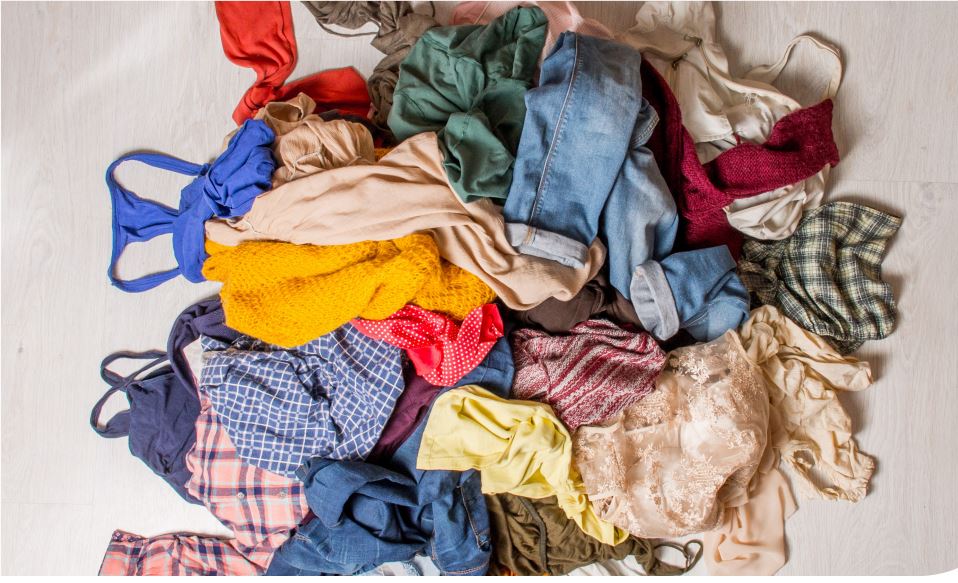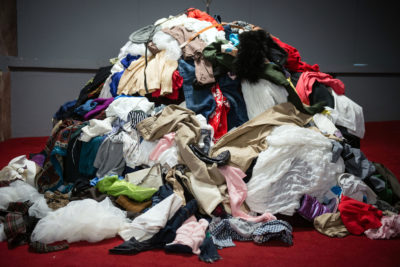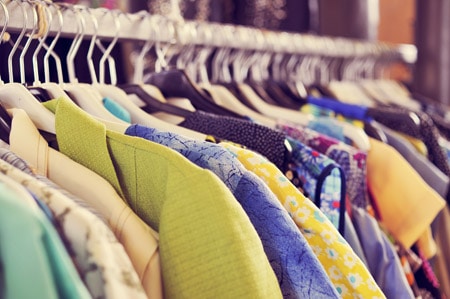On average, each person in the UK throws 35 items of unwanted textiles into general waste every year, according to the report.
Compounding this issue is the drastic decrease in prices for responsibly donated textiles, attributed to the saturation of low-quality fast fashion flooding the market. WRAP reports that this decline in income poses a challenge to the reuse and recycling sectors.
It has called upon its partners in brands, retailers, investors and governments to bolster support for the UK’s textiles reuse and recycling sector through grants, investment and legislation, aiming to foster a more circular fashion ecosystem.
Purchasing
The latest Textiles Market Situation Report for 2024 also by WRAP indicates that despite the UK purchasing 1.42 million tonnes of textiles in 2022, a near-equivalent amount of 1.45 million tonnes of used textiles is generated annually.
WRAP highlights the estimated 711,000 tonnes of post-consumer textiles discarded into residual black bins and general waste at Household Waste Recycling Centres (HWRCs) each year is of particular concern.
It adds that in England alone, 613,000 tonnes of household textile waste are disposed of through household residual waste bins and residual waste banks at HWRCs.
84% of this material is incinerated with energy recovery, with 11% sent to landfill, raising significant concerns for the industry’s circular economy goals.
Despite a temporary decrease in new textile product purchases between 2019 and 2020 due to the Covid-19 pandemic, WRAP has reported that consumption figures have rebounded to near pre-pandemic levels, with the UK leading in clothes consumption per capita in Europe.
Markets
Traditionally, the responsibility of finding onward markets for used textiles has fallen on the reuse and recycling sector.
However, WRAP explains that the sector has experienced a 57.5% reduction in price per tonne for textile banks and a 41% reduction for charity shops over the past decade, exacerbating challenges faced by businesses.
The value of recovered textiles from textile banks and charities has plummeted over the last decade, primarily attributed to the influx of lower quality clothing into the market.
Harriet Lamb, CEO at WRAP, said: “We’re all buying too many new items and then putting too many clothes in the waste-bin consigning them to landfill or incineration. These are valuable resources, not waste. We should be giving to charity shops who rely on the income, selling on e-commerce, repairing or sharing – anything but the bin!”
WRAP has urged people not to throw their unwanted clothing items in the bin but to donate through readily available collection avenues such as textile banks, charity shops, retailer takeback or sell via online preloved marketplaces.
Quality
Alan Wheeler, CEO of the Textiles Recycling Association, said: “The quality of fashion is declining and the mass of textiles products put on the market is increasing. We are also in a current situation where the global used textile industry is in a dire situation, warehouses are full, collections are grinding to a halt, demand in the main global markets is being hugely disrupted, trade has dropped off a cliff, and news of layoffs and rumours of closures are a daily occurrence.
“This current situation coupled with the findings of the new Textiles Market Situation Report show why we need serious interventions and support from government and industry through policies such as EPR, product standards and minimum recycled content in new products.”











Subscribe for free